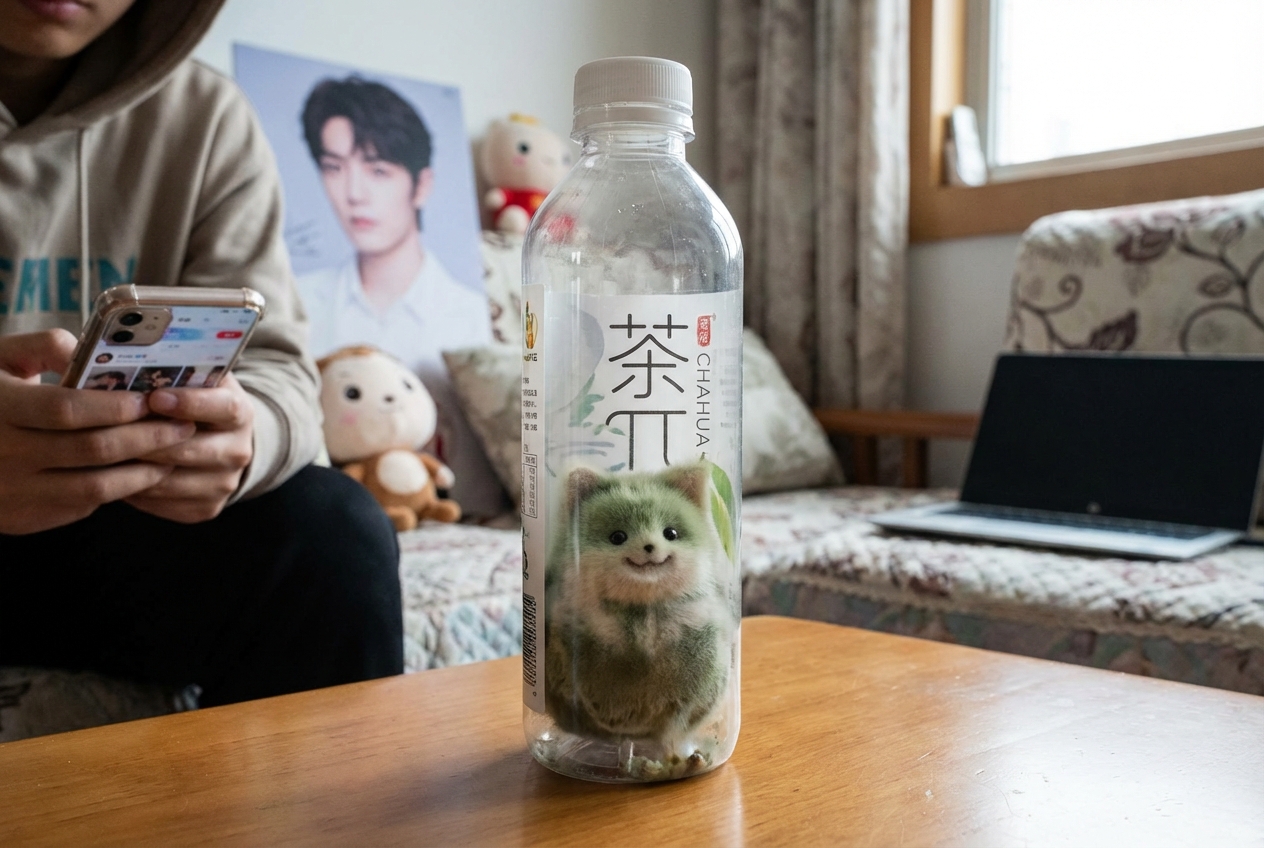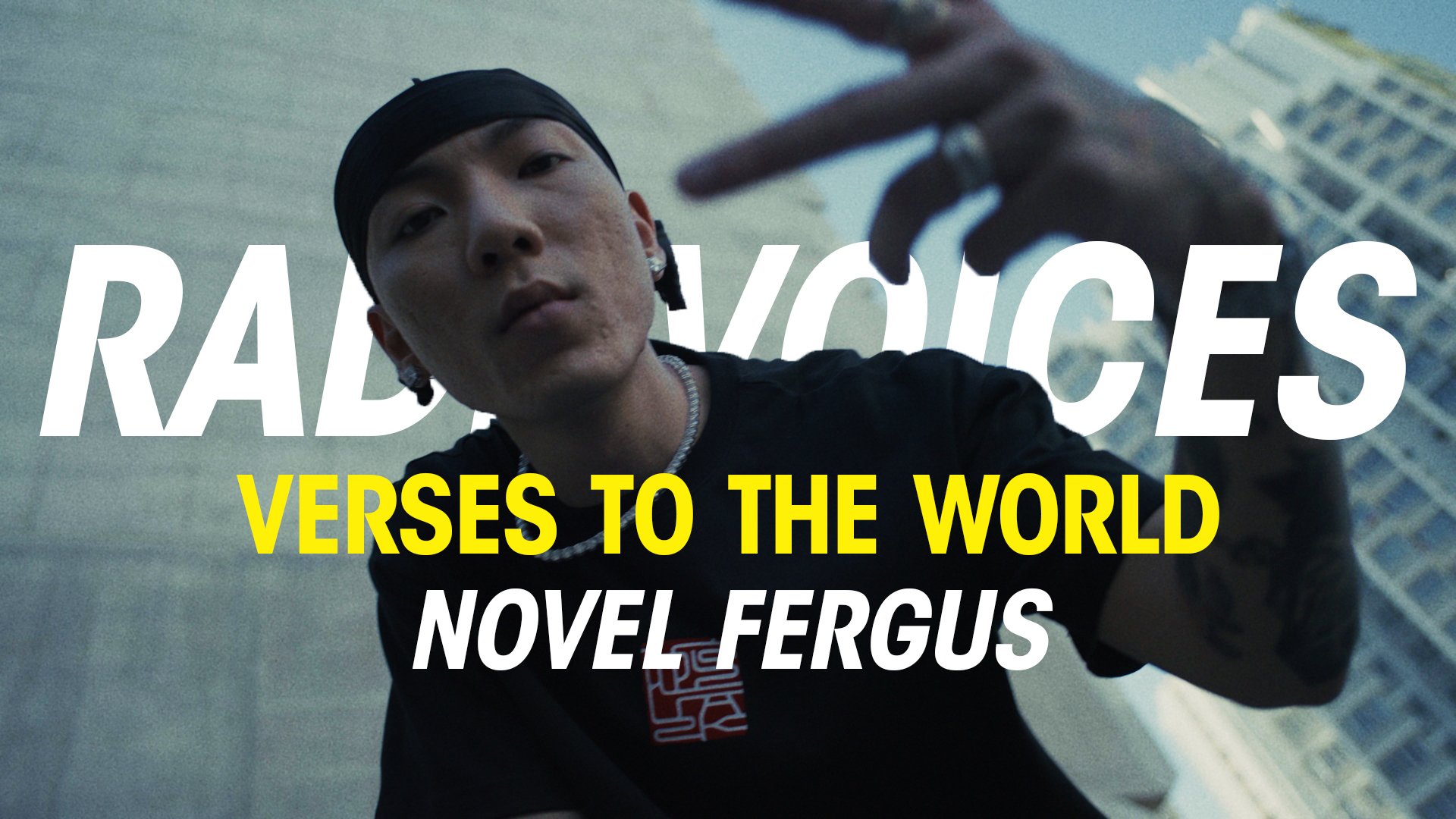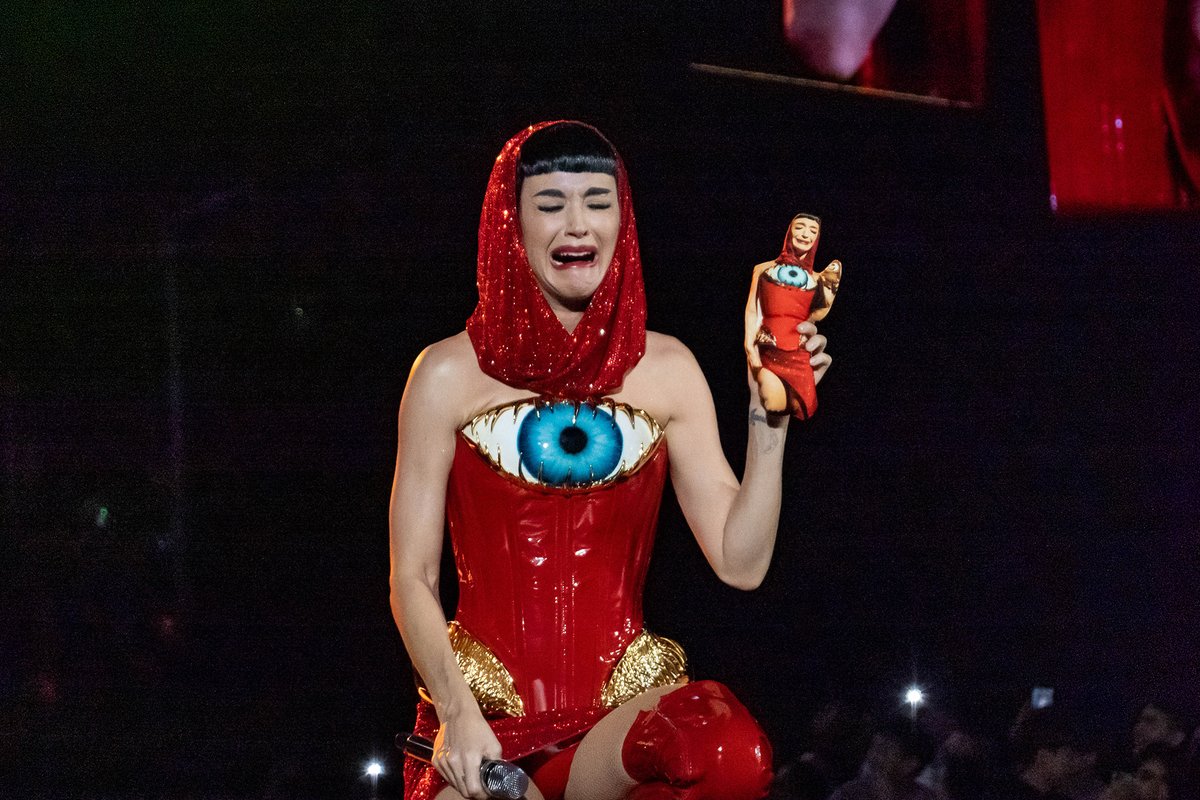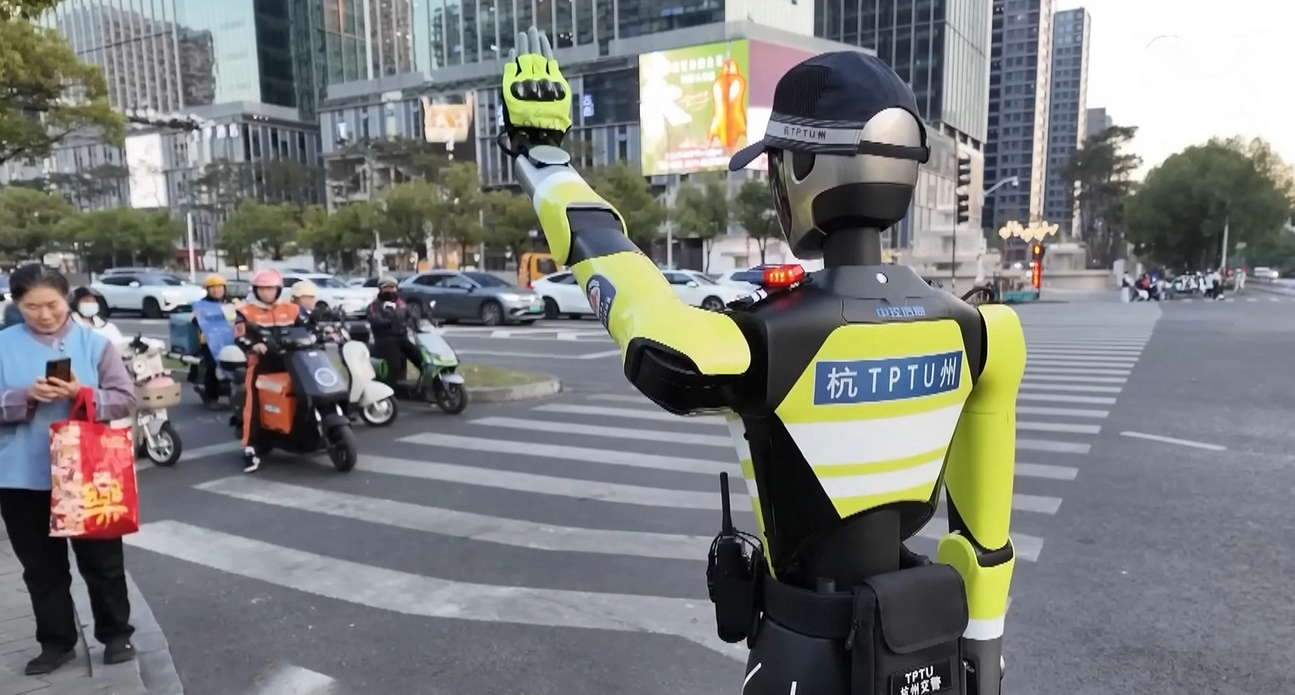In the village of Sanbao, just outside Jingdezhen, artists gather in the summer to swim in mountain streams, drink tea, bake pizza, and fire kilns. It sounds like a retreat. In a way, it is. But it’s also where China’s Guócháo movement, the trend of infusing traditional Chinese elements into modern consumer culture, is taking its most tangible form.
Jingdezhen, located in Jiangxi province, has been synonymous with ceramics for over a millennium. Imperial kilns once burned day and night here, producing the “white gold” that made Chinese porcelain a global currency. Today, the prefecture-level city has become something else entirely: a mecca for young Chinese creatives fleeing the pressure of first-tier cities, seeking a space where craft and community still matter.
They call themselves “Jingpiao,” a play on “Beijing Piao,” the term for drifters who migrate to the capital in search of opportunity. But unlike Beijing’s ruthless ambition, Jingdezhen offers something rarer: time. “What takes a month here would take six months, maybe a year, anywhere else,” says Huang Haocheng, artist and owner of Huolu Workshop.
The efficiency comes from an intact supply chain that has existed for centuries. The local kaolin and pottery stone carry what Ling Shengqiang of Yisen Workshop describes as a “distinctive local DNA,” a material memory that connects contemporary work to ancient traditions. “Soil has always been close to humans,” he reflects. “That’s why the old stories say Nuwa made people from mud.”
Utopia, With Consequences
The community that has formed here is eclectic. Painters, sculptors, glass artists, and artisans working with Chinese lacquer, wood, and metal have all established studios in Sanbao. The atmosphere is collaborative, almost utopian. “All these interesting people want to be here together,” one artist says. “Everyone’s close. The atmosphere is great.”
But the work itself carries weight. Unlike digital art, which can be endlessly reproduced or deleted, ceramics are irreversible. “Once you fire it, it can’t go back to being soil,” one artist notes bluntly. “It’s basically ceramic garbage.” The permanence demands responsibility. “What you make will be on Earth for a long time. It doesn’t break down.”
It’s a pointed contrast to the fleeting nature of the technologies some young artists are chasing. Mei Linyu of the Sanbao Art Village District describes herself as “a nostalgic person in the new era,” drawn equally to ancient traditions and cutting-edge ideas like the Metaverse and NFTs. The irony is hard to miss. Cryptobros have spent the past few years insisting NFTs would revolutionize digital ownership and art, but the hype is already showing cracks. Meanwhile, shards of pottery from Jingdezhen’s kilns are still being unearthed after 1,000 years.
The real innovation here isn’t in blockchain or virtual worlds. It’s in the way this generation is modernizing Chinese traditions without abandoning them. “Traditional Chinese elements are at the core,” one artist explains, “but I express them in a contemporary way.” The work often integrates geometric patterns inspired by mixed architectural styles, particularly the window coverings and floor tiles that blend Chinese and Western influences.
This is where Jingdezhen’s relevance to Guócháo becomes clear. While the national pride movement has reshaped streetwear, cosmetics, and lifestyle brands, Jingdezhen represents its most authentic expression: taking the most symbolic Chinese craft and making it globally contemporary without diluting its essence. “We’re Chinese, we live in a modern society,” Mei says, “but there’s no way to escape our roots.”
The State of Wildness
Traditional Jingdezhen aesthetics demanded that ceramics be “very neat, fine, thin, and transparent,” with high technical standards. Contemporary pottery, by contrast, embraces the unpredictability of the kiln, treating the firing process as part of the art itself. It’s closer to contemporary art than craft.
But the real continuity isn’t stylistic. It’s cultural. “A thousand years ago, it was the same,” Mei notes. “Craftsmen came from different places and their work spread across the world.”
When asked to describe Jingdezhen in a few words, she chooses two: “Non-mainstream. Wild.”
It’s that wildness, the refusal to be pinned down by either tradition or trend, that guarantees the city’s future. The kilns will outlast the Metaverse. The clay will outlast the code. And in Sanbao, artists will still be swimming in streams, firing kilns, and making things that last.
Cinematographer: Husain Amer
Producer: Hanna Yu
Editor: Jian Gao, Charlie Cooper
Graphic Designer: Haedi Yue
Motion Designer: Hayley An















